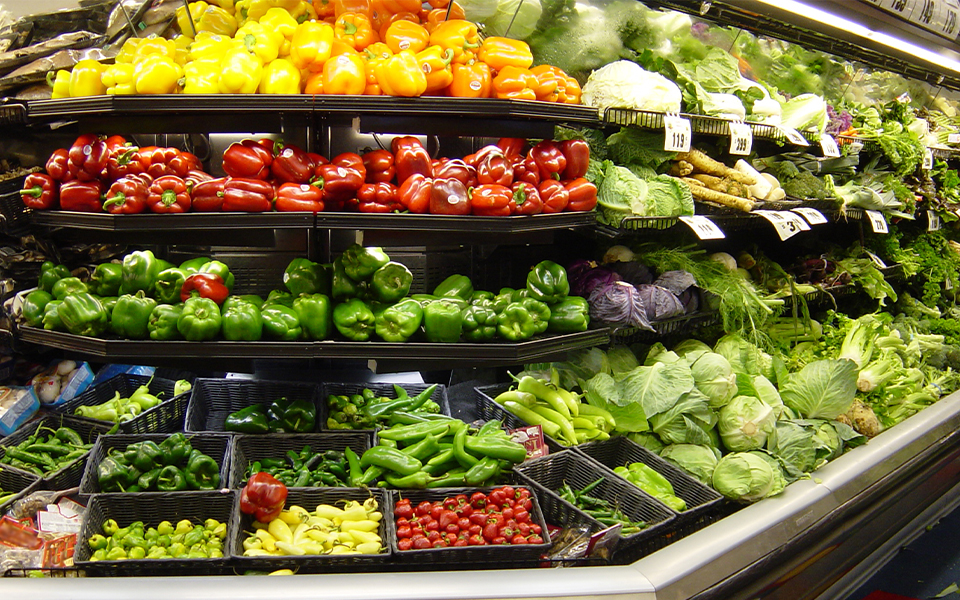*On June 1, 2023 Emerson’s Climate Technologies business became a new standalone company – Copeland. Though our name has changed, we are building on more than a century of HVACR innovation and industry leadership, and Copeland continues to offer the same products, industry stewardship, and learning opportunities you’ve grown to trust. Information found on this webpage posted before June 1, 2023 may contain our old name or branding, but you can be at ease knowing it was created with the knowledge and expertise of Copeland.
This is post two of CO2 as a Refrigerant, a blog series covering the fundamental considerations and characteristics of CO2 as a refrigerant (R-744).
When selecting any refrigerant, stakeholders must carefully consider multiple factors, including: cooling capacity, safety, environmental impacts, ease of use, costs, and availability of components and trained technicians. Table 1 summarizes these and other key criteria, while demonstrating how well R-744 meets them.
As Table 1 demonstrates, R-744 offers superior cooling capacity than legacy HFC refrigerants while meeting the demand for a sustainable alternative with low global warming potential (GWP). However, it also presents the challenges in both the application and handling of CO2 as a refrigerant.

Table 1: Relative selection criteria and characteristics of R-744
In the next post of this CO2 as a Refrigerant blog series, I’ll examine the properties of R-744 as a by-product of a naturally occurring substance (i.e., CO2).

Copeland Aligns its Family of Brands for the Future
As a critical milestone in our journey as a standalone company, Copeland is excited to unveil a...

Facility Health Score Insights Program Transforms Enterprise Maintenance
Leveraging refrigeration performance data drives food retail cost reductions. Maintaining proper...

State-level decarbonization efforts ramp up
New York continues its climate policies in the face of federal deregulation. I recently returned...

